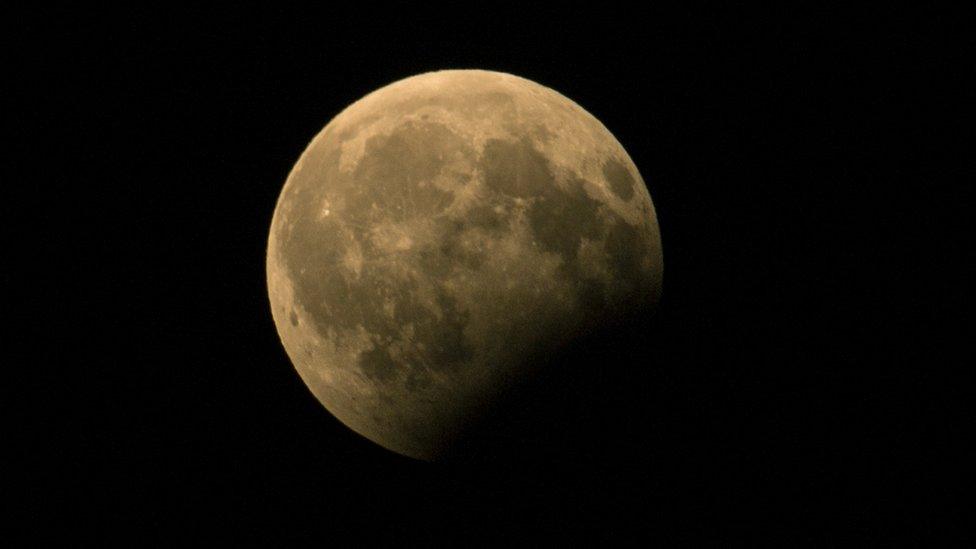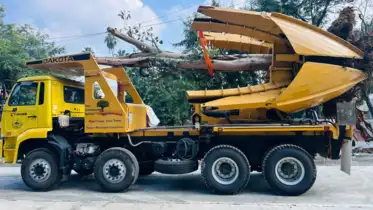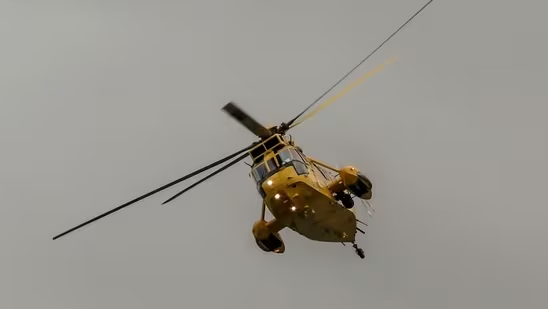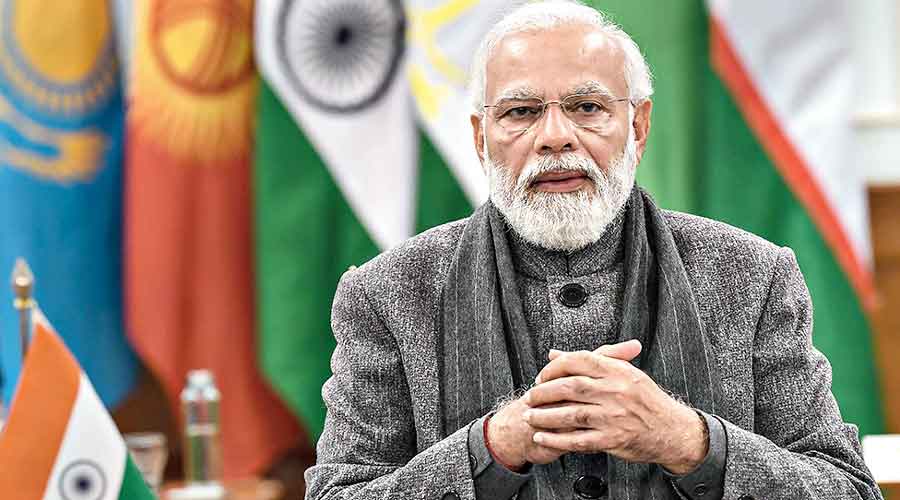Now Reading: India’s New Space Radar to Monitor Every Earth Movement in Real Time
-
01
India’s New Space Radar to Monitor Every Earth Movement in Real Time
India’s New Space Radar to Monitor Every Earth Movement in Real Time
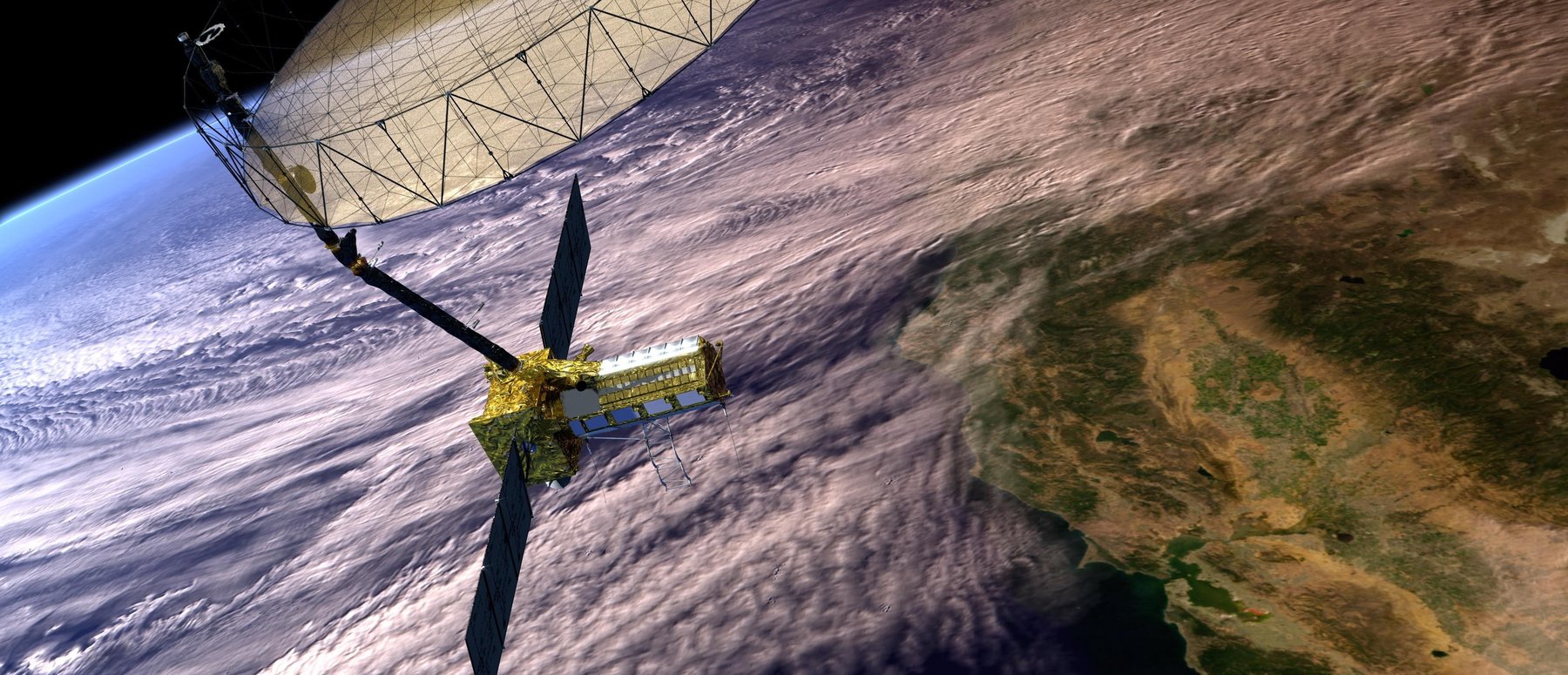
India is building a high-tech space-based radar system that can track even the slightest shift or shake in the Earth’s surface. Designed to monitor natural disasters like earthquakes, landslides, and glacial movements, this radar could become a game-changer in disaster preparedness. For a country as geologically diverse and disaster-prone as India, this tech leap promises better forecasting and faster responses.
What Is This Space Radar All About?
The new radar system, known as NISAR (NASA-ISRO Synthetic Aperture Radar), is a joint collaboration between ISRO and NASA. It will be mounted on a satellite and is capable of scanning the entire globe every 12 days. The radar will track shifts in land, ice sheets, and ocean surfaces with incredible precision—even movements as small as a centimeter.
That means changes caused by earthquakes, floods, glacier melts, or land subsidence won’t go unnoticed anymore.
Why It Matters for India
India faces frequent seismic activity in regions like the Himalayas and northeast, and many Tier 2 cities in these zones—like Dehradun, Imphal, or Shillong—are vulnerable. This radar system will allow scientists to identify stress build-up in fault lines or detect early signs of land deformation long before a disaster strikes.
This could give authorities extra hours—or even days—to prepare, potentially saving lives and reducing infrastructure damage.
Local Use Beyond Natural Disasters
The radar isn’t just for quakes and landslides. It can also monitor agricultural land for soil moisture, crop growth, or waterlogging. In states like Maharashtra, Tamil Nadu, or Punjab, this could help improve farming decisions and reduce seasonal losses.
Urban planners can also use this data to monitor building stress, land use changes, or even illegal mining, especially in fast-growing cities like Nagpur, Lucknow, and Surat.
A Step Towards Predictive Disaster Management
Traditionally, India has relied heavily on post-event response. But with this radar system, the country can move toward predictive and preventive disaster management. The satellite is expected to be operational soon, and the data will be shared with multiple Indian agencies, from disaster response teams to environmental bodies.
Conclusion
India’s upcoming space radar isn’t just a scientific milestone—it’s a practical tool with life-saving potential. From protecting lives in seismic zones to guiding farmers and urban developers, this satellite could quietly transform how the country reads and reacts to the planet’s shifting surface. For many Tier 2 regions living on geological fault lines, this could mark the beginning of a safer future.
